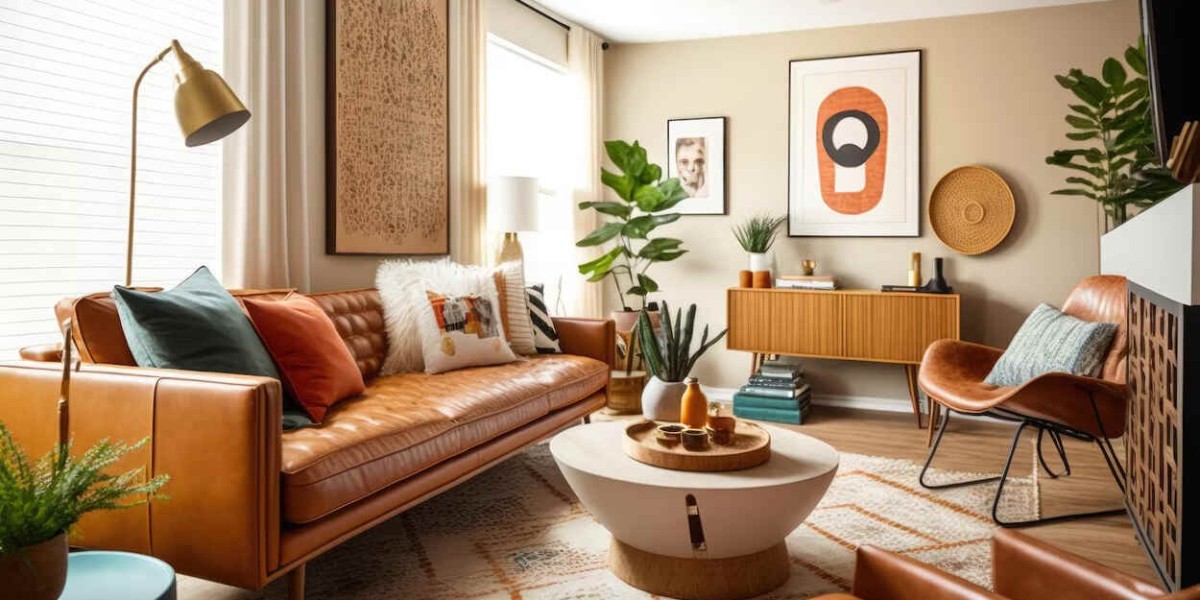Metallics in home decor have always been synonymous with luxury, opulence, and a touch of modern elegance. However, incorporating them in a way that exudes style rather than overwhelming a space can be a challenge. Many homeowners struggle with the right balance—too much metallic, and the room can feel overly flashy; too little, and the impact is lost. The key to achieving an aesthetically pleasing interior with metallic accents lies in strategic placement, color coordination, and layering different finishes. If you are looking for InStyle Ideas to introduce metallics into your home decor without making your space look gaudy or mismatched, this guide is tailored for you.
The Art of Balancing Metallics in Home Decor
When using metallics, balance is the most critical factor to keep in mind. Metallic elements can easily become overpowering if not balanced with neutral or softer tones. Mixing different metallic shades like gold, silver, brass, and copper can be done tastefully by maintaining a dominant metal tone while using others as accents. A popular strategy is the 60-30-10 rule, where 60% of the space features a dominant neutral color, 30% a secondary complementary tone, and 10% an accent metallic. For example, in a modern living room, you can have a neutral color palette with warm undertones, complemented by soft brass or gold accents on furniture handles, light fixtures, or frames. To prevent the space from feeling too cold, mix in natural textures such as wood or fabric to create a balance between warmth and shine.
Choosing the Right Metallic Finish for Your Home Style
One common mistake in incorporating metallics is using a finish that doesn’t align with the existing style of the home. If your home decor leans toward a vintage aesthetic, brushed or antique finishes in brass or copper can enhance the classic feel. On the other hand, if you prefer a modern or contemporary design, opt for polished chrome, silver, or stainless steel for a sleek and minimalist look. Industrial-style homes can benefit from darker metallic tones such as gunmetal or matte black to add an edge to the interiors.
Layering Metals to Create Depth and Dimension
Layering metallics can help prevent a space from looking flat or overly uniform. A well-designed space includes a combination of different textures and finishes. For example, pairing polished metals with matte or aged finishes can add depth and make the metallic accents feel intentional rather than accidental. Consider a dining room with a polished brass chandelier complemented by antique bronze cabinet hardware or silver-framed mirrors. These variations in finish help create a layered look that feels curated and stylish.
Mixing Metallics with Other Textures
Pairing metallics with other textures is an excellent way to soften their reflective nature and make them more inviting. Velvet, marble, wood, and glass work beautifully alongside metallic elements, ensuring that they enhance rather than dominate a space. A cozy living room with a mix of warm brass light fixtures, a glass coffee table, and plush velvet seating can create a perfect balance between shine and softness. Additionally, using metallic wallpaper or wall art in a subtle manner can help reflect light, making the room feel more spacious and elegant.
Smart Ways to Introduce Metallic Accents in Different Rooms
Living Room: Incorporate metallic throw pillows, side tables, or decorative bowls.
Bedroom: Use metallic-finished bedside lamps, wall art, or mirrored furniture.
Kitchen: Add metallic backsplashes, bar stools, or cabinet handles for a chic finish.
Bathroom: Metallic-trimmed mirrors, towel racks, or faucet fixtures add a sophisticated touch.
Dining Area: Opt for metallic candle holders, cutlery, or statement lighting.
FAQs
1. Can I mix gold and silver in one space? Yes, mixing gold and silver can create a dynamic look if done correctly. Stick to a dominant metal and use the other as an accent to maintain balance.
2. Do metallics make a small room look smaller? Not necessarily. When used in moderation, metallics can reflect light and make a space feel more open and airy.
3. What colors pair best with metallics? Neutral colors like white, beige, and gray work best, but bold hues like emerald green or deep navy can also create a stunning contrast.
4. Is it necessary to match all metallics in a home? No, mixing different metals can add interest and depth. The key is to ensure they complement each other in tone and finish.
By incorporating these InStyle Ideas into your home decor, you can create a stylish and balanced space that feels both sophisticated and inviting.






